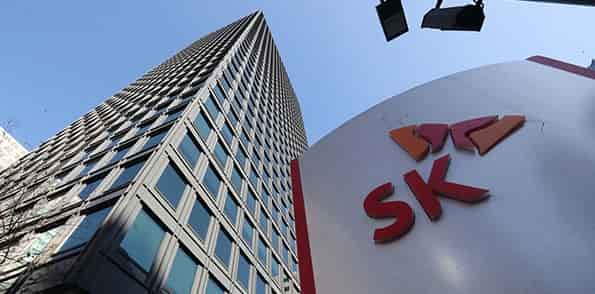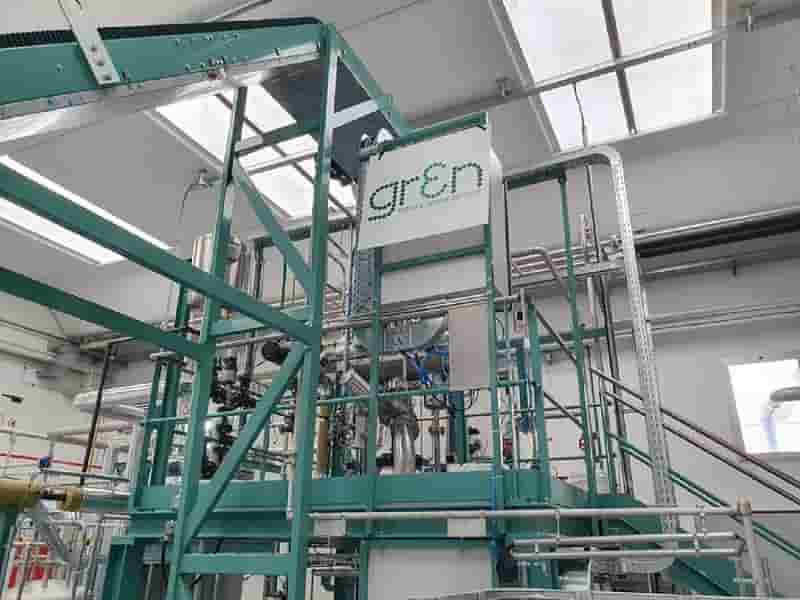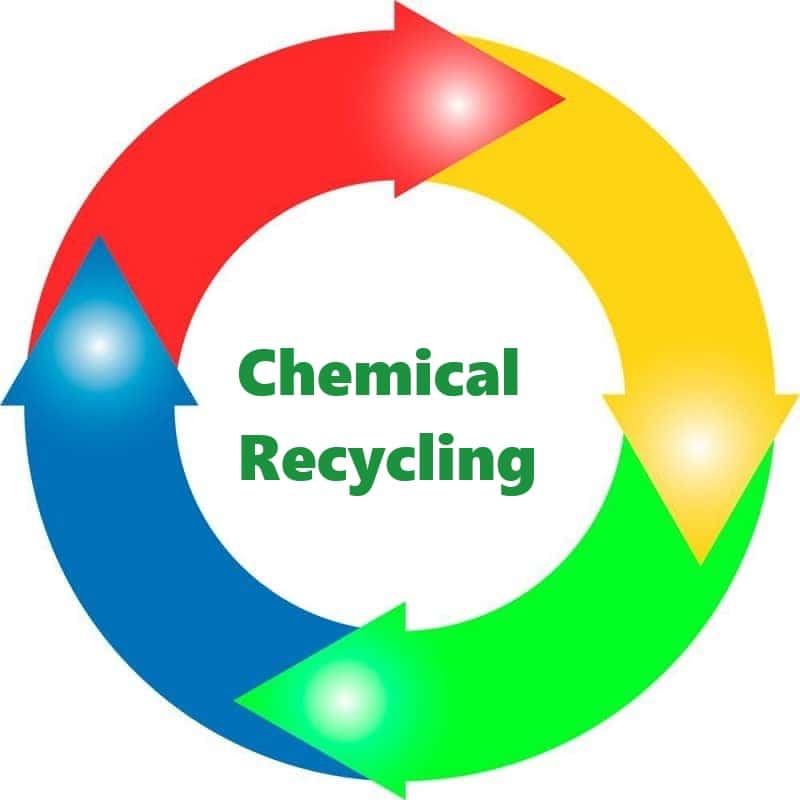Development - Arhive
Development
South Korean companies develop tire using chemically recycled PET
The collaboration of SK Chemicals, Hyosung Advanced Materials and Hankook Tire has resulted in high-strength tire cords and tires designed for EVs.
To reduce carbon emissions, three South Korea-based companies say they have developed and commercialized the country’s first tire using chemically recycled polyethylene terephthalate (PET). Development
SK Chemicals, Hyosung Advanced Materials Co. Ltd. and Hankook Tire & Technology Co. Ltd. say they have successfully developed the electric vehicle- (EV-) exclusive tire, dubbed iON, by applying circular recycled PET fiber tire cords. The companies say circular recycling is an exclusive chemical recycling technology of SK that breaks down scrap plastics through chemical reactions into molecular units and then uses those raw materials to produce recycled plastics.
The three companies collaborated to develop the iON tire over a period of about two years. SK has supplied its SKYPET CR recycled PET, and Hyosung Advanced Materials developed the high-strength recycled PET-based tire cords using SKYPET CR as a raw material. The cords were applied to Hankook Tire’s premium EV tire brand, iON. The tire, with 45 percent sustainable material content, has recently passed reliability verification by a European automotive manufacturer, securing final approval for use and being mounted as tires for new vehicles, according to the companies. Development
“Hankook Tire is continuously conducting R&D (research and development) to use 100 percent-sustainable materials in all tires by 2050,” says Bonhee Ku, executive vice president and chief technology officer at Hankook Tire. “We plan to lead the global tire industry’s sustainable management by expanding the application of eco-friendly materials centered around the electric vehicle-exclusive tire, iON.”

Schneider Electric collaborates with GR3N
Schneider Electric has partnered with GR3N to create the first open automation system for the advanced plastic recycling industry.
With 50% of global plastic waste ending up in landfills and only 9% recycled, GR3N developed MADE, the Microwave Assisted DEpolymerisation solution. This process breaks down PET into its chemical building blocks that can be recombined to create new PET pellets with virgin-like quality for packaging and textiles, effectively closing the loop for difficult to recycle plastic.
The technology is based on alkaline hydrolysis, and it can manage a higher amount of impurities compared to the existing ones. Development
In March 2024, GR3N successfully demonstrated MADE and the power of Schneider Electric’s open automation technology, EcoStruxure Automation Expert at its demonstration site in Italy. MADE plant is conceived to anticipate the usage of all the technologies that will be finally adopted for the first industrial-scale facility, foreseen to be installed in Spain and with an expected capacity of over 40,000 ton/year of PET waste treated. The intrinsic modularity of GR3N’s proprietary recycling process has allowed MADE to be the first plastic recycling plant to use the shared automation runtime managed by Universal Automation, based on the IEC 61499 standard. Development
The software-defined automation system decouples hardware from software, allowing devices and equipment to be freely connected across architecture layers, regardless of manufacturer. It acts as the digital backbone of industrial operations at the plant, providing the foundation to make more informed decisions. This approach allows MADE to be also technological demonstration of a new generation of automation systems, where the intertwining between OT and IT enables the exploitation of advanced functionalities for operations management and data analytics. Development
Due to EcoStruxure Automation Expert’s modular, agnostic nature, GR3N was able to choose the optimal technology for the demonstration plant and easily scale to new sites. Benefits include:
- Industrial scalability – significantly minimizes the risk of investment during the scale-up of GR3N’s technology towards the First of a Kind (FOAK) industrial plant, while offering a new way to protect its intellectual property as process licensor.
- Design flexibility – vendor and hardware-agnostic system enabled GR3N to design the best possible solution without being held back by vendor lock in or being impacted by supply chain issues. Development
- Engineering time and time-to-market reduction – the modular design of control software, supported by digital continuity across the whole plant lifecycle with automation-focused decision-making happening at conception, reduces human error at the development stage by 40%.
- Control simplification – Vendor-independence allows controls to be distributed or centralized depending on need.
- New opportunities – OT/IT integration provides new opportunities for efficiency and optimization across the entire value chain, thanks to a seamless incorporation of advanced data analytics techniques. Development
- Reduced costs – the software-defined approach to automation is expected to reduce engineering costs by 30%.
- Next-gen workforce – attracts the next generation of workers with a system that shared similarities with those in IT.
The partnership between GR3N and Schneider Electric, that has started with the signature of a Memorandum of Understanding, will enable the chemical
recycler to scale operations to new sites quickly and cost-effectively. The solution is expected to reach industrial scale by 2027 with the construction of a 35-40kta plant which will include the pre-treatment, depolymerization and repolymerization. Development

Chemical Recycling Methods and Physical Recycling
Chemical recycling of plastics is an advanced approach to waste management, transforming plastic waste into valuable materials through complex chemical processes. Here is an exhaustive overview of the main chemical recycling methods:
- Microwave Assisted Depolymerisation Solution
Microwave Assisted Depolymerisation (MADE) uses microwaves to break down PET into its basic monomers, terephthalic acid (PTA) and monoethylene glycol (MEG), which can be recombined to create new, virgin-quality PET pellets1. eco-friendly Development
- Depolymerisation Solvolysis
Solvolysis uses solvents to break down polymers into monomers. This method is effective for polyesters, polyamides, and polyurethanes, producing pure monomers that can be reused in new polymer production2.
- Pyrolysis
Pyrolysis involves the thermal decomposition of materials at high temperatures in the absence of oxygen. This process converts plastic waste into oils, gases, and char, which can be used as fuels or raw materials for new chemical products3. eco-friendly
- Chemolysis
Chemolysis, also known as solvolysis, uses chemical agents and heat to break down polymers into monomers. This method is versatile and effective for various types of plastics2. Development
- Enzymatic Depolymerisation
Enzymatic depolymerisation uses specific enzymes to break down polymers into monomers. This method is particularly promising for recycling PET, producing high-quality materials without degradation4. eco-friendly Development
- Hydrochemolytic Technology
Hydrochemolytic Technology (HCT) uses chemical reactions to transform plastic waste into valuable materials. This method is effective for polyethylene (PE), polypropylene (PP), and polystyrene (PS), producing high-quality chemical products5.
valuable materials. This method is effective for polyethylene (PE), polypropylene (PP), and polystyrene (PS), producing high-quality chemical products5.
Development
